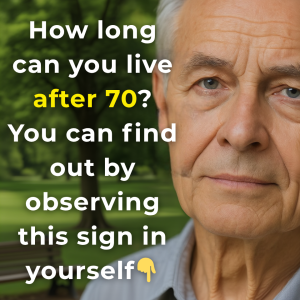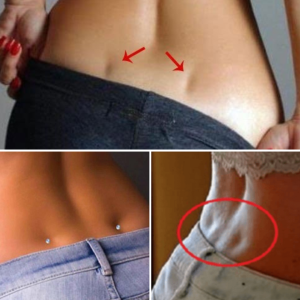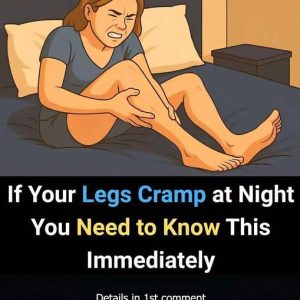
Fatty liver disease occurs when excess fat builds up in the liver. There are two main types:
- Non-alcoholic fatty liver disease (NAFLD): This is the most common type and is not linked to alcohol use. It’s often associated with obesity, type 2 diabetes, high cholesterol, and a sedentary lifestyle.
- Alcoholic fatty liver disease: Caused by heavy alcohol consumption over time.

In its early stages, fatty liver often shows no symptoms. Many people don’t even realize they have it. But as the condition worsens, it may lead to:
- Fatigue
- Mild pain or discomfort in the upper right side of the abdomen
- Inflammation of the liver
If left untreated, fatty liver can progress to more serious conditions, such as:
- Non-alcoholic steatohepatitis (NASH)
- Liver fibrosis
- Cirrhosis
- Liver cancer
How It’s Diagnosed
Doctors typically diagnose fatty liver through:
- Blood tests
- Ultrasound imaging
- Liver biopsy (in complex or advanced cases)
Is There a Cure?

- Gradual weight loss (7–10% of body weight is ideal)
- Eating a balanced diet, low in saturated fats and refined sugars
- Regular exercise — aim for at least 150 minutes per week
- Avoiding alcohol
- Quitting smoking
- Managing related conditions like diabetes, high blood pressure, and high cholesterol
The Liver Can Heal Itself
One of the most amazing things about the liver is its ability to regenerate. With the right changes, many people experience partial or even full recovery.
Still, it’s important to consult a doctor to get a proper diagnosis and a personalized treatment plan.




